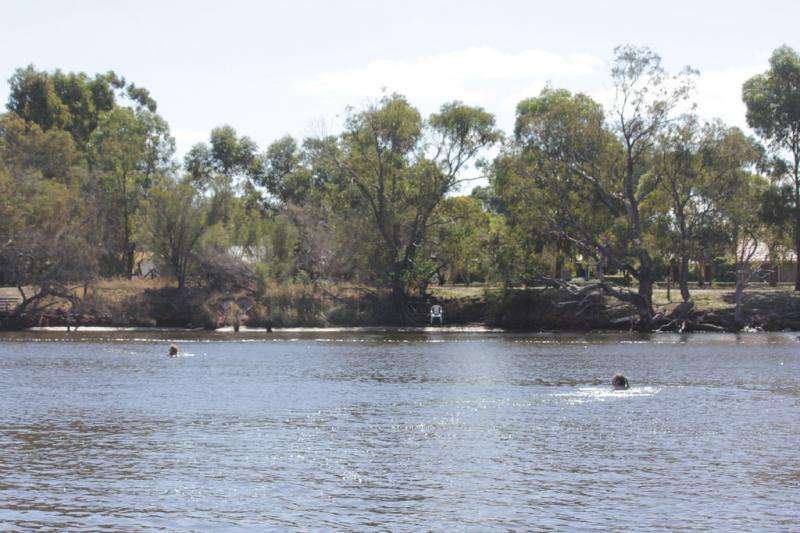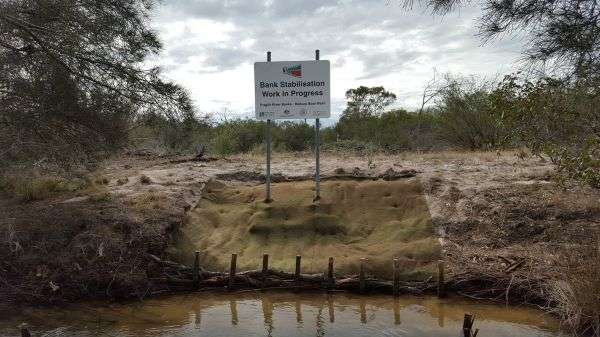Lower Murray River restoration underway

A major review of the lower Murray River's action plans has identified improvements in riverbank stability and vegetation in its upper reaches but further degradation in the lower reaches.
The Peel-Harvey Catchment Council (PHCC) has developed the 2014 River Action Plan (RAP) with the Shire of Murray, Department of Water and the local community, assessing the previous 2003 RAP and setting priorities for future restoration.
The RAP forms part of the large-scale restoration project Rivers 2 Ramsar (R2R), to which the Australian Government has allocated more than $3.5 million from 2013-2017 to protect and enhance the Peel-Harvey Catchment.
Rivers 2 Ramsar project manager Thelma Crook says they determined the lower reaches of the Murray River were impacted by high energy water movement and significant human use including boating.
"The added pressure from development and upstream land use has seen a reduction in water quality and a greater stress on both aquatic and terrestrial habitats," Ms Crook says.
R2R project officer Jo Garvey says as a direct result of these findings, a bank stabilisation project was implemented at Jeegarnyeejip Island in the lower reaches.
This project involved installing a synthetic erosion control matting designed to withstand higher-velocity water flows along a 1km stretch.
Past attempts using different bank stabilisation methods found they were not affective in the lower reaches due to its heavy usage and system dynamics compared with the calmer upper reaches.

They chose the 20ha island because it contains a significant amount of good condition remnant vegetation, and is one of the few uninhabited islands in the lower reaches.
As part of the stabilisation project staff planted thirty native plant species including swamp banksia (Banksia littoralis) and marri trees (Corymbia calophylla).
They also directly seeded sea rush (Juncus kraussii) under the synthetic matting which was secured to the bank to provide a matrix for the seedlings, protect the bank and reduce weed mass.
"The plantings will not only provide bank stabilisation but will become part of an ecological link in the landscape providing food, habitat and shelter for local listed fauna," Ms Garvey says.
Ms Crook says it is important to protect the Murray River as it is ecologically significant, being one of three rivers that feed into Ramsar-listed wetlands that support a number of protected migratory and resident bird species.
During the last 12 months the PHCC in collaboration with other agencies has implemented weed control and revegetation programs across 21ha of land.
Provided by Science Network WA


















